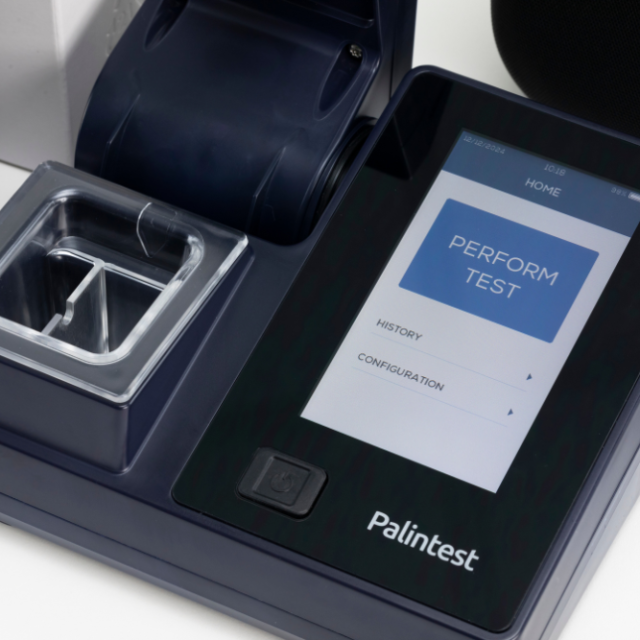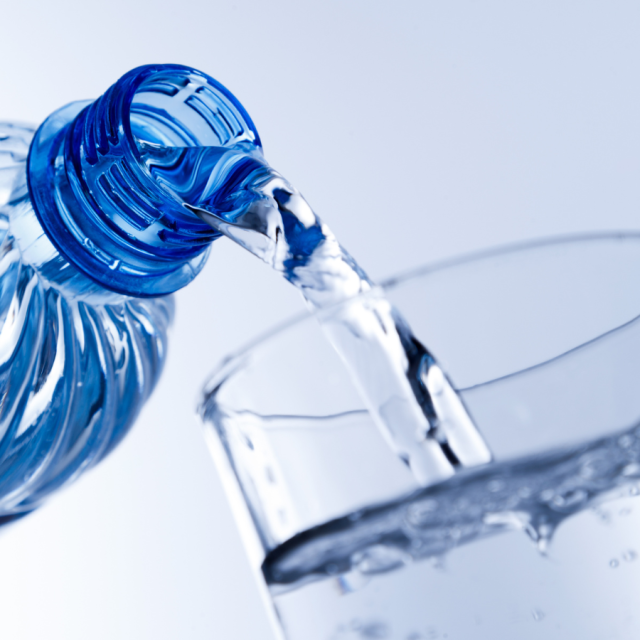
Why You Must Monitor Ozone Levels in Industrial Water
Why You Must Monitor Ozone Levels in Industrial Water
In the realm of industrial water treatment, monitoring ozone levels is a practice of paramount importance. Ozone, a powerful oxidant, has a wide array of applications ranging from potable water treatment to industrial uses, where it acts as a highly effective disinfectant.
Ozone’s Role in Industrial Water Treatment
Ozone (O3) is a molecule consisting of three oxygen atoms. It is one of the most active and readily available oxidizing agents, offering several advantages over traditional water treatment methods. Ozone water treatment begins with the generation of ozone, typically in an ozone generator, and is then introduced into water to eliminate contaminants like bacteria, viruses, and metals.
The Process of Ozone Generation and Application
Industrially, ozone is primarily generated using cold plasma or dielectric barrier discharge methods. These processes involve diffusing an electrical discharge through a dielectric material to generate ozone. The generated ozone is then either bubbled into water or vacuumed in through a venturi tube, beginning the oxidation process immediately. This method effectively oxidizes organic materials in microorganism membranes, neutralizing them through a chemical reaction.
Advantages of Using Ozone in Water Treatment
Ozone water treatment is celebrated for its fast and thorough disinfection process. It is significantly more reactive than many other oxidizing agents, effectively breaking down and eliminating a wide range of pollutants. Notably, ozone acts swiftly on all strains of viruses, offers rapid decomposition to oxygen leaving no harmful residues, and does not lead to the formation of toxic halogenated compounds. Furthermore, it has the capability to oxidize heavy metals like iron and manganese, reducing them to safe levels in water supplies.
The Importance of Monitoring Ozone Levels
Monitoring ozone levels in industrial water is crucial due to its potent oxidizing properties. Proper application and monitoring ensure that ozone is used effectively without causing damage to water treatment equipment or posing health risks. Additionally, ozone’s short half-life necessitates precise control and monitoring to ensure its effectiveness in various stages of the water treatment process.
Sophisticated Approach to Water Quality
The use of ozone in industrial water treatment represents a sophisticated approach to ensuring water quality and safety. Its powerful oxidizing ability, coupled with environmental benefits and effectiveness against a broad spectrum of contaminants, makes it a preferred choice in many industries. However, the key to leveraging its full potential lies in the careful monitoring and control of ozone levels within water treatment systems.




